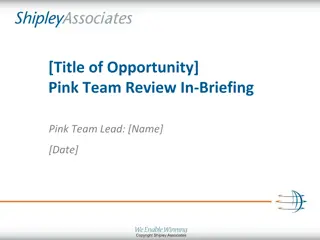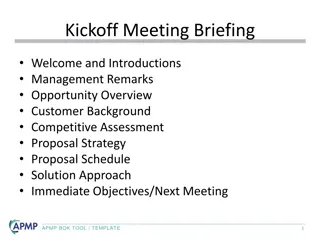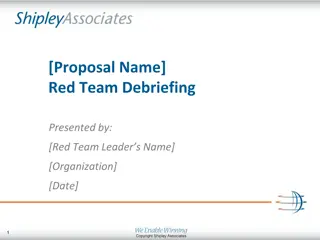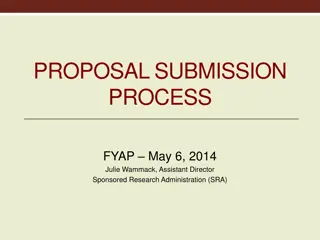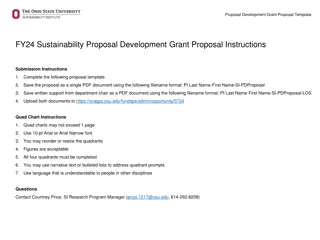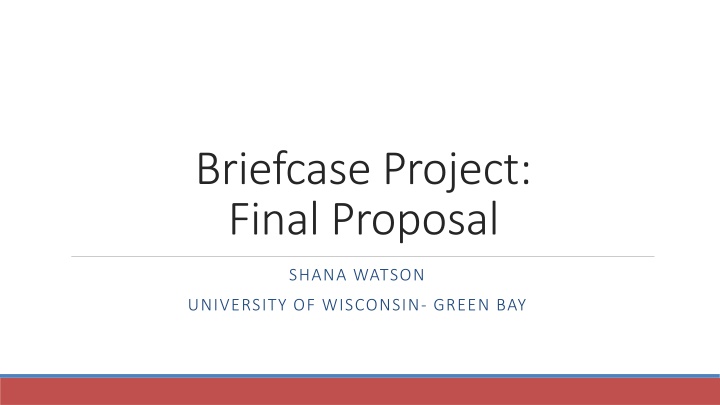
Enhancing Employee Well-being: Night Shift Challenges & Solutions
Explore the impact of night shifts on employee health and well-being, focusing on nurses at Mount St. Mary's Hospital. Discover strategies to mitigate health risks and improve overall employee wellness in the workplace. Utilize a structured approach involving gaining support, assessing current practices, developing a plan, and presenting recommendations to management.
Download Presentation

Please find below an Image/Link to download the presentation.
The content on the website is provided AS IS for your information and personal use only. It may not be sold, licensed, or shared on other websites without obtaining consent from the author. If you encounter any issues during the download, it is possible that the publisher has removed the file from their server.
You are allowed to download the files provided on this website for personal or commercial use, subject to the condition that they are used lawfully. All files are the property of their respective owners.
The content on the website is provided AS IS for your information and personal use only. It may not be sold, licensed, or shared on other websites without obtaining consent from the author.
E N D
Presentation Transcript
Briefcase Project: Final Proposal SHANA WATSON UNIVERSITY OF WISCONSIN- GREEN BAY
Topic & Driving Question Topic: Well-being in the workplace Driving Question: Do people who work the night shift have more trouble achieving optimal health than those who work days, and what can organizations do to help decrease potential health risks in order to increase employee overall well-being? Source: National Business Group on Health, 2015.
Project Background Healthcare & the night shift Investing in employee well-being Where my project will take place: Mount St. Mary s Hospital Target population: nurses
Literature Review: Night Shift Increased issues with: circadian rhythms work performance social relationships sleep habits eating habits Known to cause long term effects on health (Costa, 1996) Can potentially have a negative impact on company- increased work accidents (Costa, 1996) Greater impact on women: hormonal activity and reproductive health (Costa, 1996) Source: Rajaratnam, Howard & Grunstein, 2013
Project Layout/Steps Step 1: Gain Support Gain support for a need for improvement from leaders Get employees on board Provide data on the benefits of worksite wellness Step 3: Develop a Plan Use results from assessments/data collection Establish a clear vision Develop a realistic plan and possible recommendations to enhance well-being Step 4: Recommendations/Implementation Present plan/recommendations to management Step 2: Assess/Collect Data Find out if there is a current wellness program in organization Assess current work environment and best practices Assess current lifestyle behaviors/well-being of night shift vs. day shift workers Assess what areas within the company structure could be different/need improvement Source: Memory Foundation, 2019.
Outcomes Utilized the Minnesota Department of Heath WorkWell Healthy Minnesota Toolkit as a guide for project plan & will continue to use throughout the remainder of the project Will be using the HERO Health and Well-being Best Practices Scorecard to assess current environment and best practices within the company. The scorecard consists of six different sections including, strategic planning, organization & cultural support, programs, program integration, participation strategies, and measurement & evaluation. Plan to use A Wellbeing Assessment Tool to assess current lifestyle behaviors and well-being of night vs. day shift employees Source: Minnesota Department of Health, n.d. Source: Health Enhancement Resource Organization, 2017.
Recommendations/Conclusions Getting rid of night shift is not an option Steps can be taken to improve well-being in the workplace Currently do not have enough information to provide recommendations Recommendations will include actions to be taken by the company and employees to create a culture of health and improve overall well-being Healthy employees are essential to the success of a business
References Centers for Disease Control and Prevention. (n.d.). Workplace health program definition and description. Retrieved from https://www.cdc.gov/workplacehealthpromotion/pdf/workplace-health-program-definition-and-description.pdf Centers for Disease Control and Prevention. (2018). About the Best Practice Guide. Retrieved from https://www.cdc.gov/dhdsp/pubs/guides/best-practices/about.htm Costa, G. (1996). The impact of shift and night work on health. Applied Ergonomics, 27(1), 9-16. Retrieved from https://www.sciencedirect.com/science/article/pii/000368709500047X?via%3Dihub Flo, E., Pallesen, S., Mageroy, N., Moen, B., Gronli, J., Nordhus, I., Bjorvatn, B. (2012). Shift Work Disorder in Nurses- Assessment, Prevalance and Related Health Problems. PLOS. DOI: https://doi.org/10.1371/journal.pone.0033981 Health Enhancement Resource Organization. (2017). HERO health and well-being best practices scorecard in collaboration with Mercer (HERO scorecard). Retrieved from http://hero-health.org/hero-scorecard/ Knutsson, A. (2003). Health Disorders of Shift Workers. Occupational Medicine, 53(2), pp. 103-108. DOI: https://doi.org/10.1093/occmed/kqg048
References (continued) Memory Foundation. (2019). Stepping Up. Retrieved from https://memory.foundation/2017/10/23/stepping-up/ Minnesota Department of Health. (n.d.). Work well healthy Minnesota toolkit. A collection of strategies, suggestions and resources to help build your worksite health promotion program. Retrieved from https://mn.gov/mmb/assets/Minnesota- Department-of-Health-Work-Well-Healthy-Minnesota-Toolkit_tcm1059-128447.pdf National Business Group on Health. (2015). Well- being. Retrieved from https://www.businessgrouphealth.org/topics/well- being/ Rajaratnam, S., Howard, M., & Grunstein, R. (2013). Sleep loss and circadian disruption in shift work: health burden and management. Med J Aust, 199(8), pp. 11-15. doi: 10.5694/mja13.10561 Ryan, D. (2016). Best Practices for Worksite Wellness. Retrieved from https://depts.washington.edu/hprc/wp- content/uploads/Sample-Completed-Rec-Report.pdf



